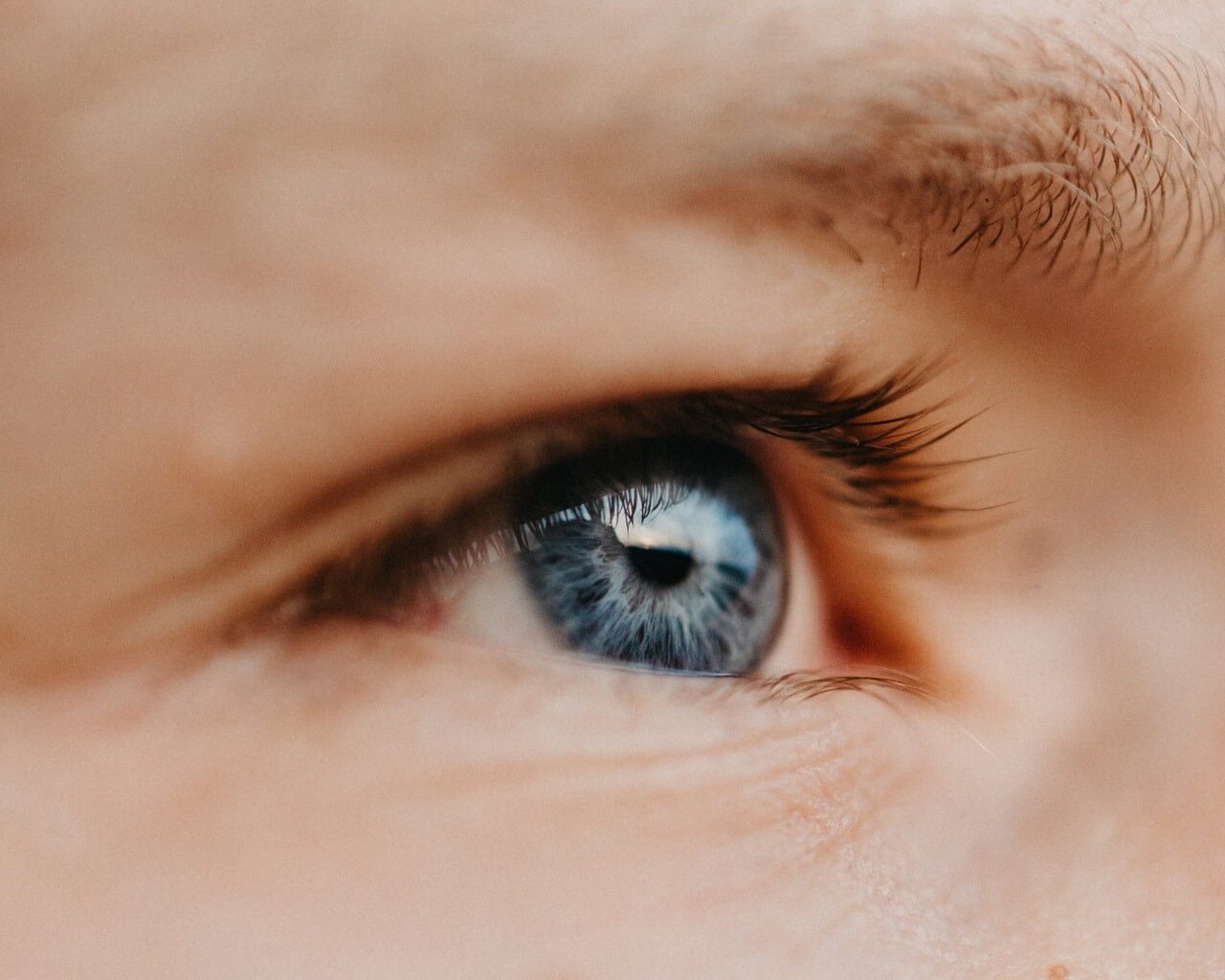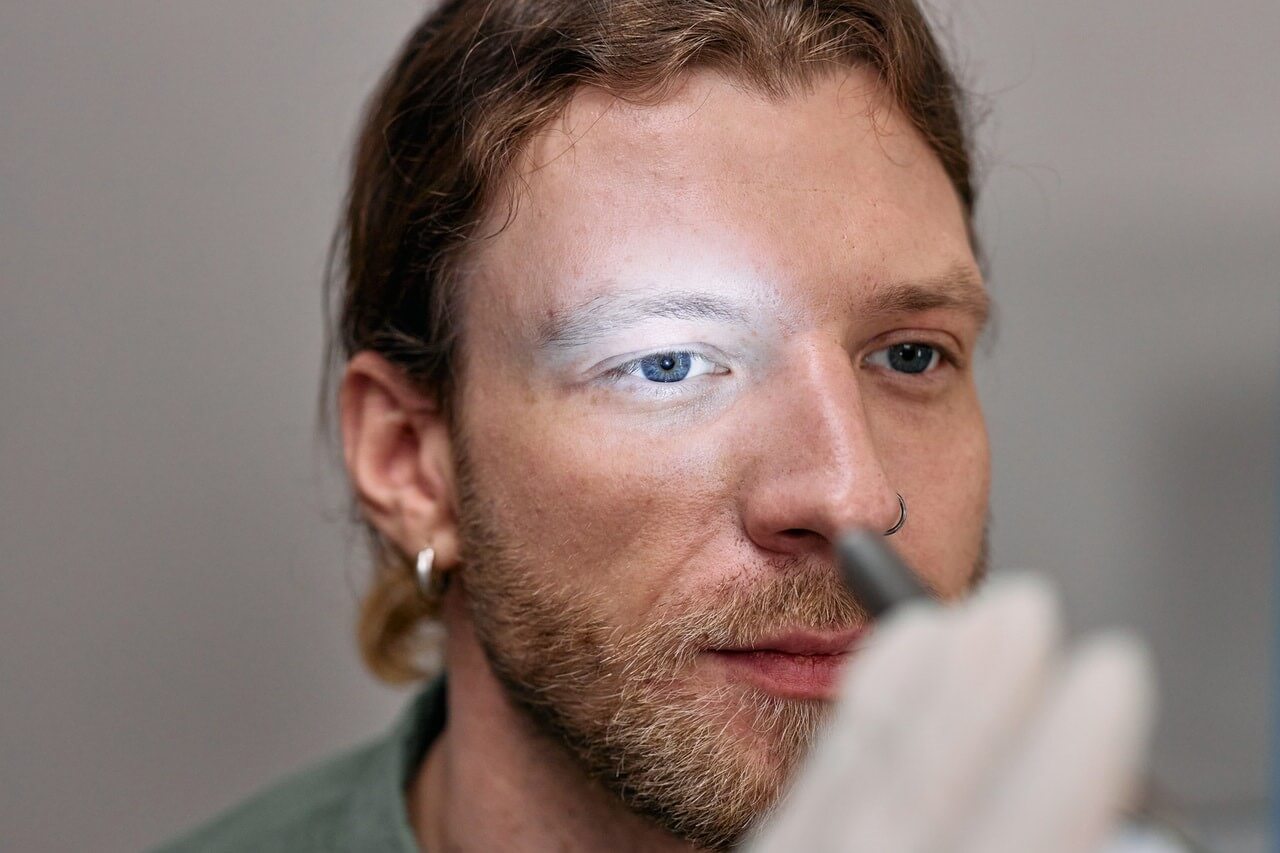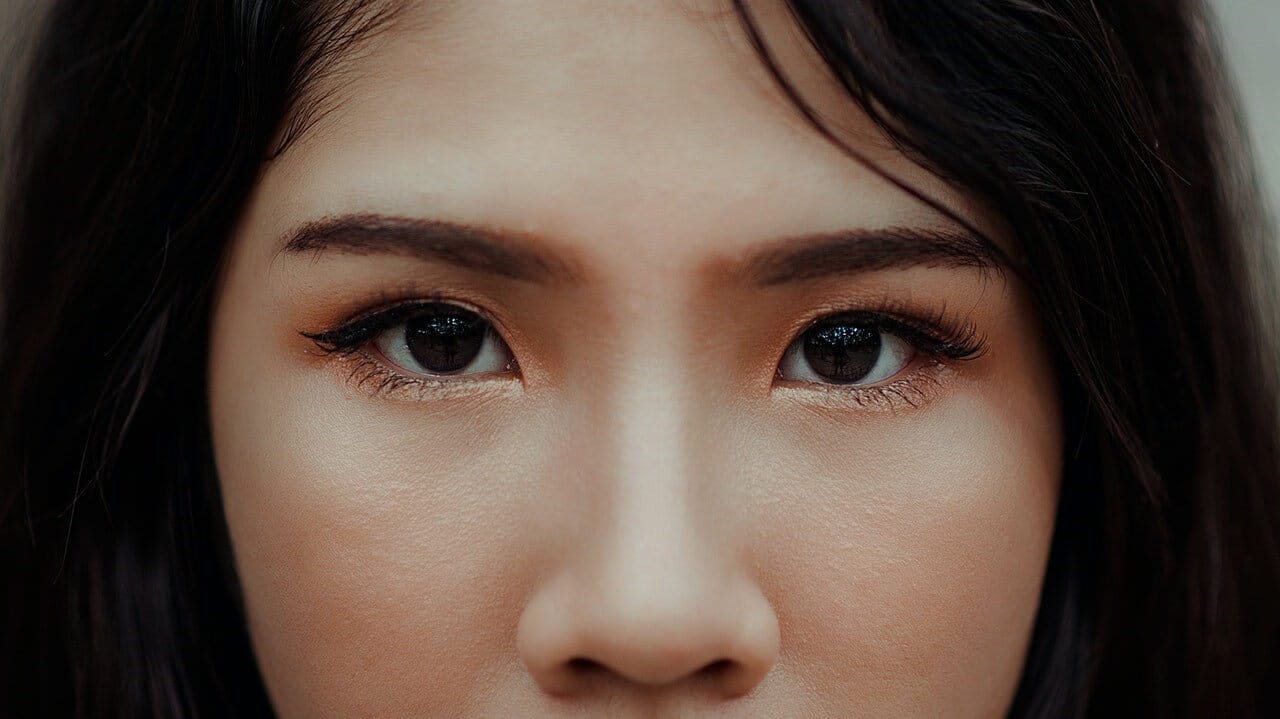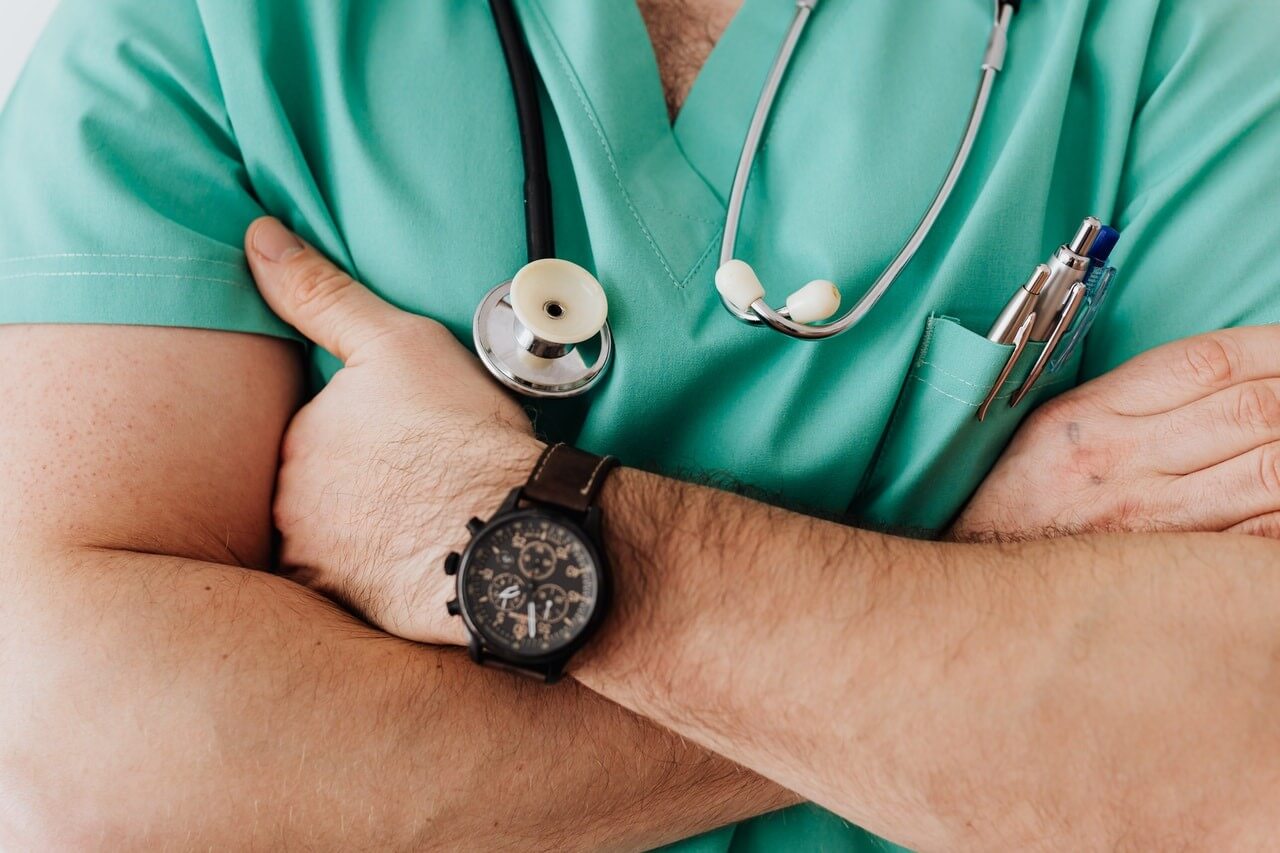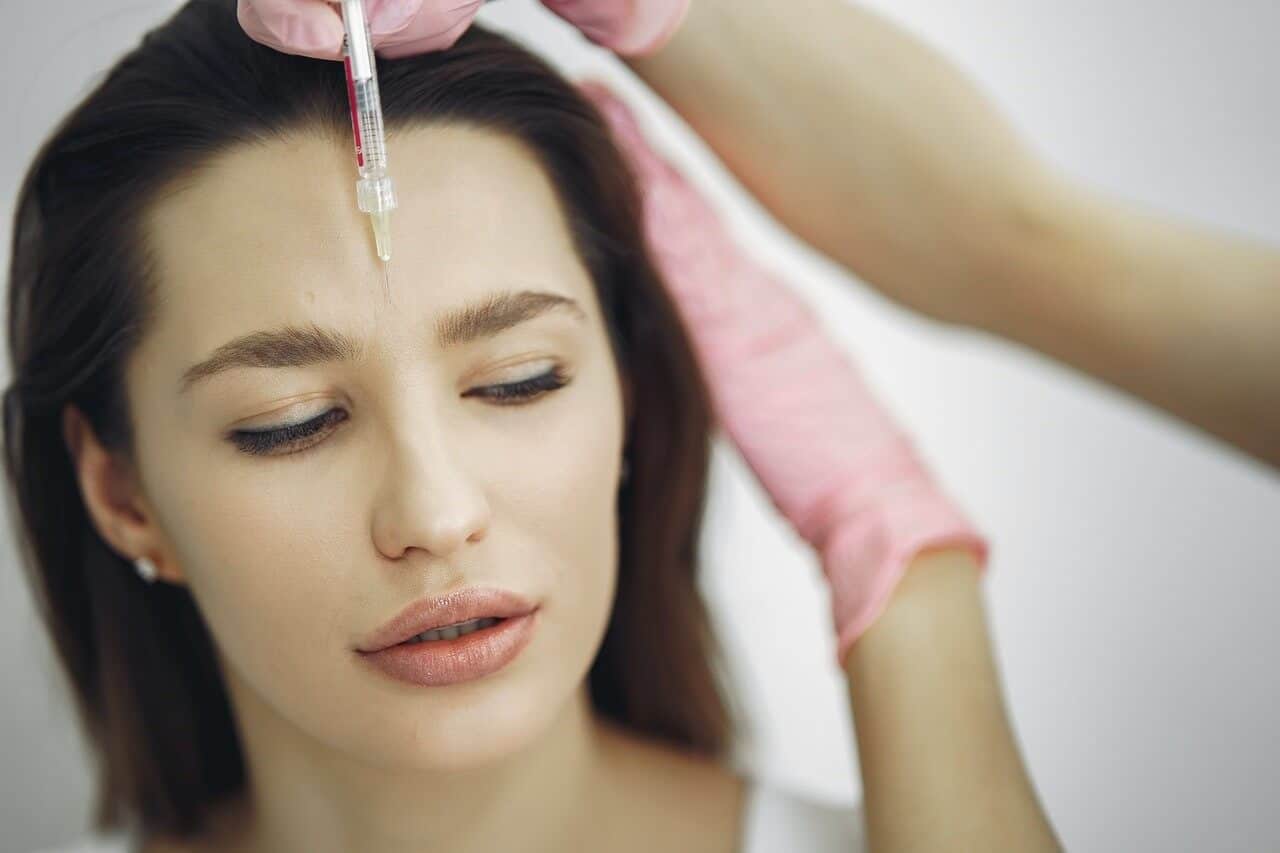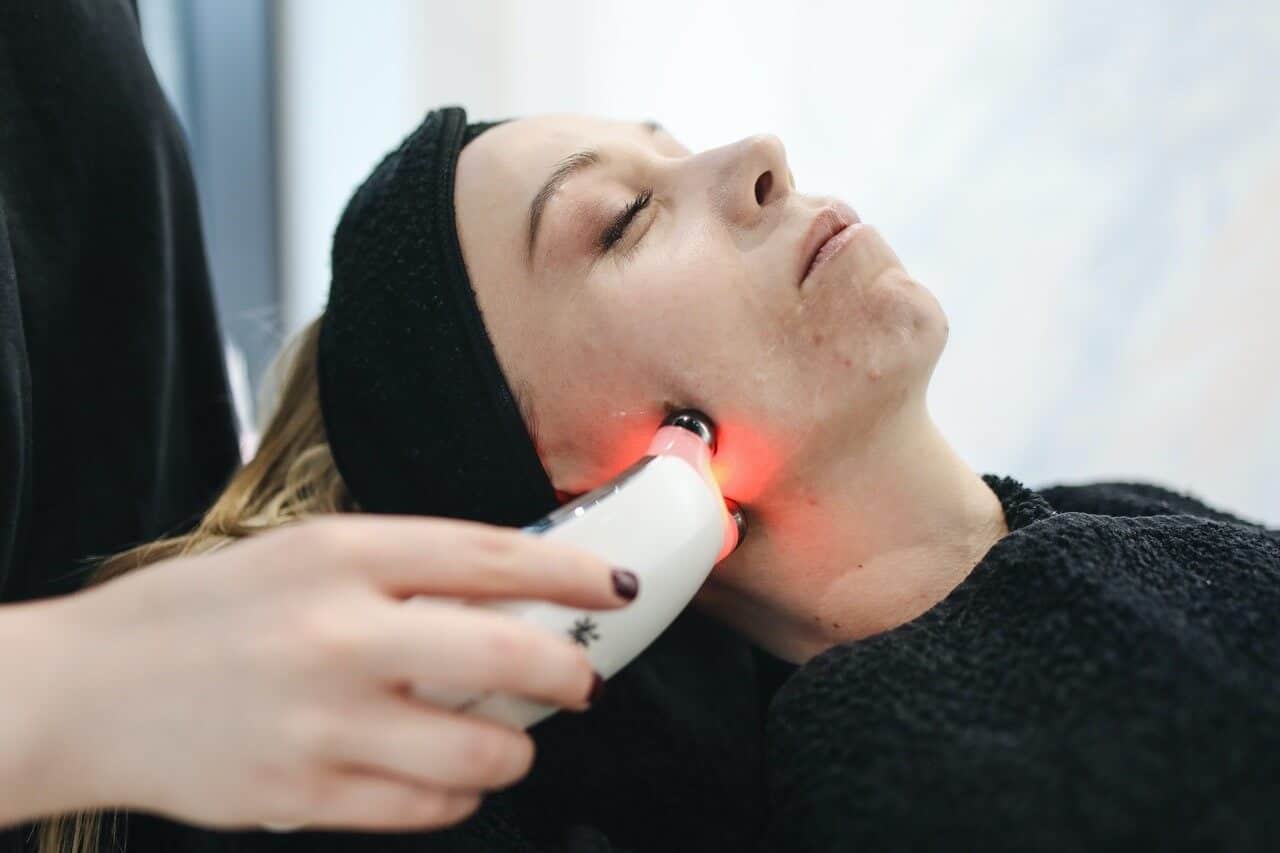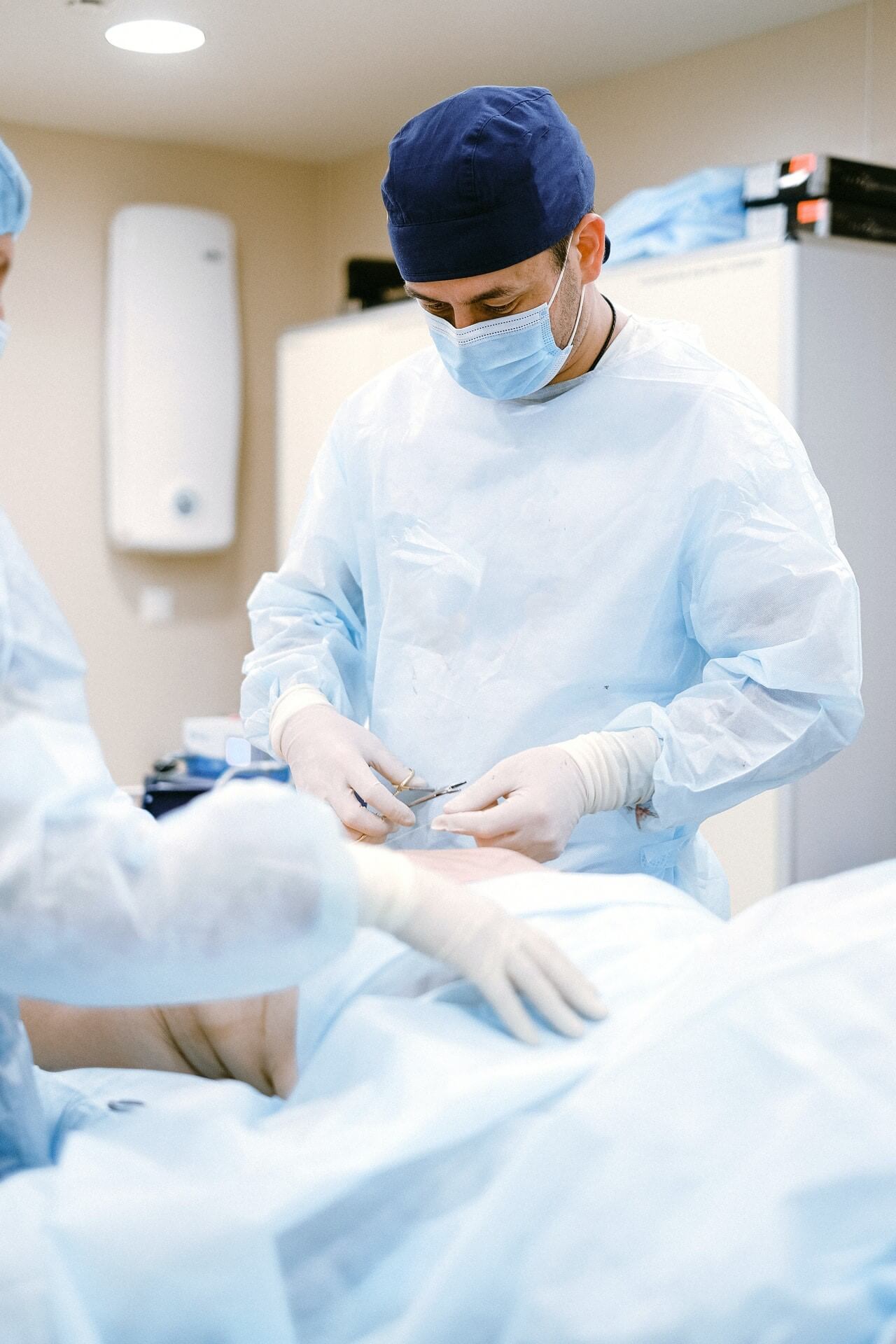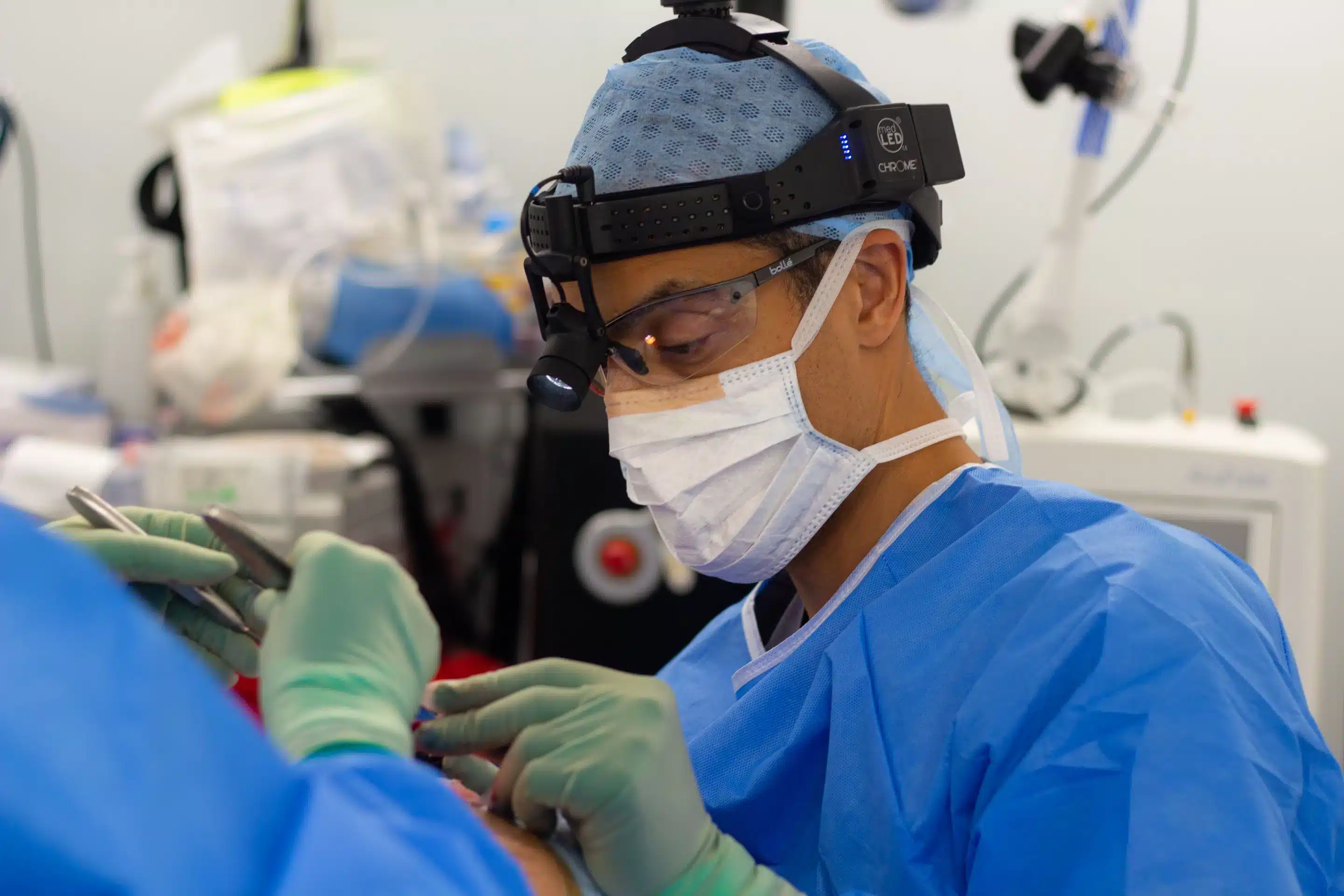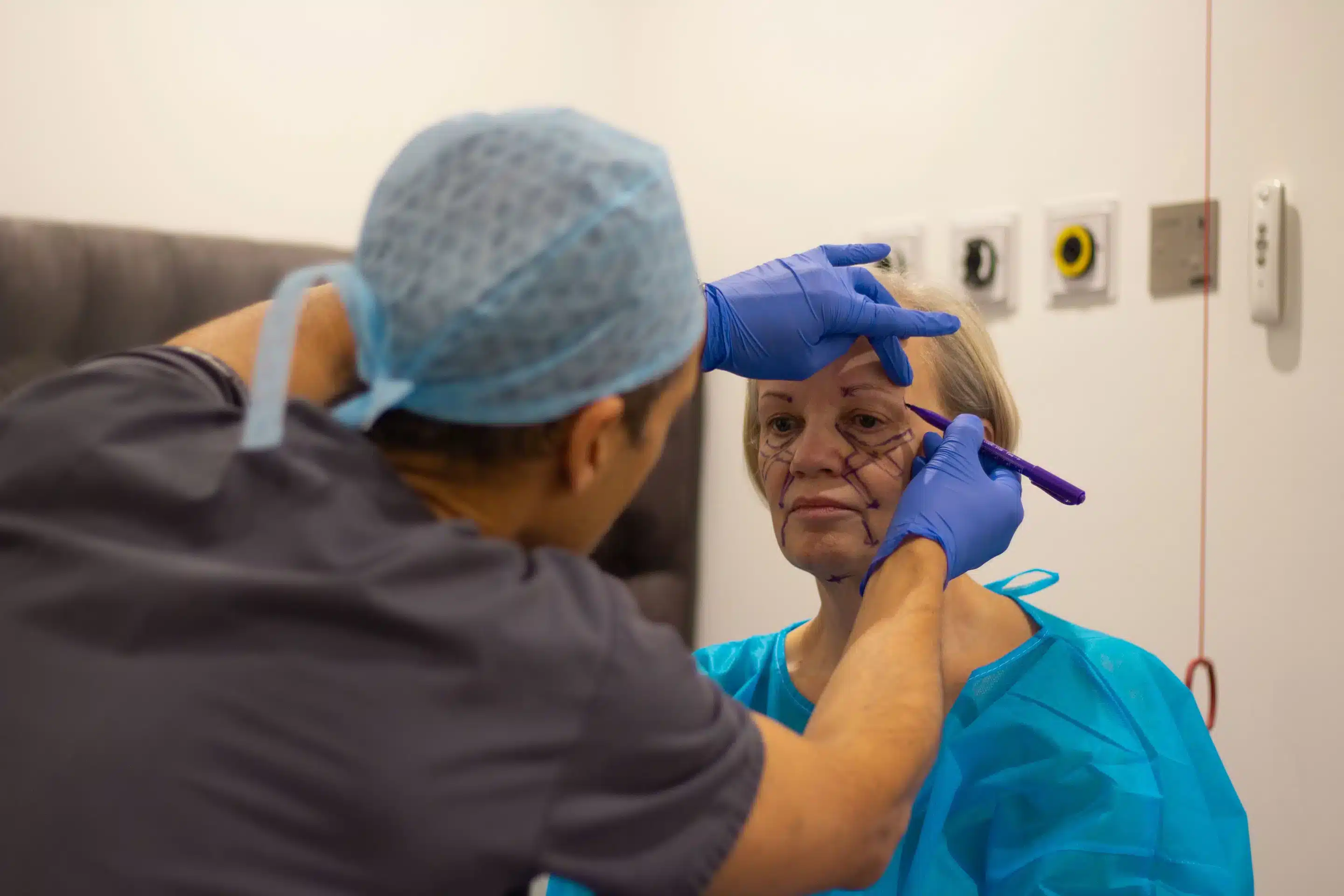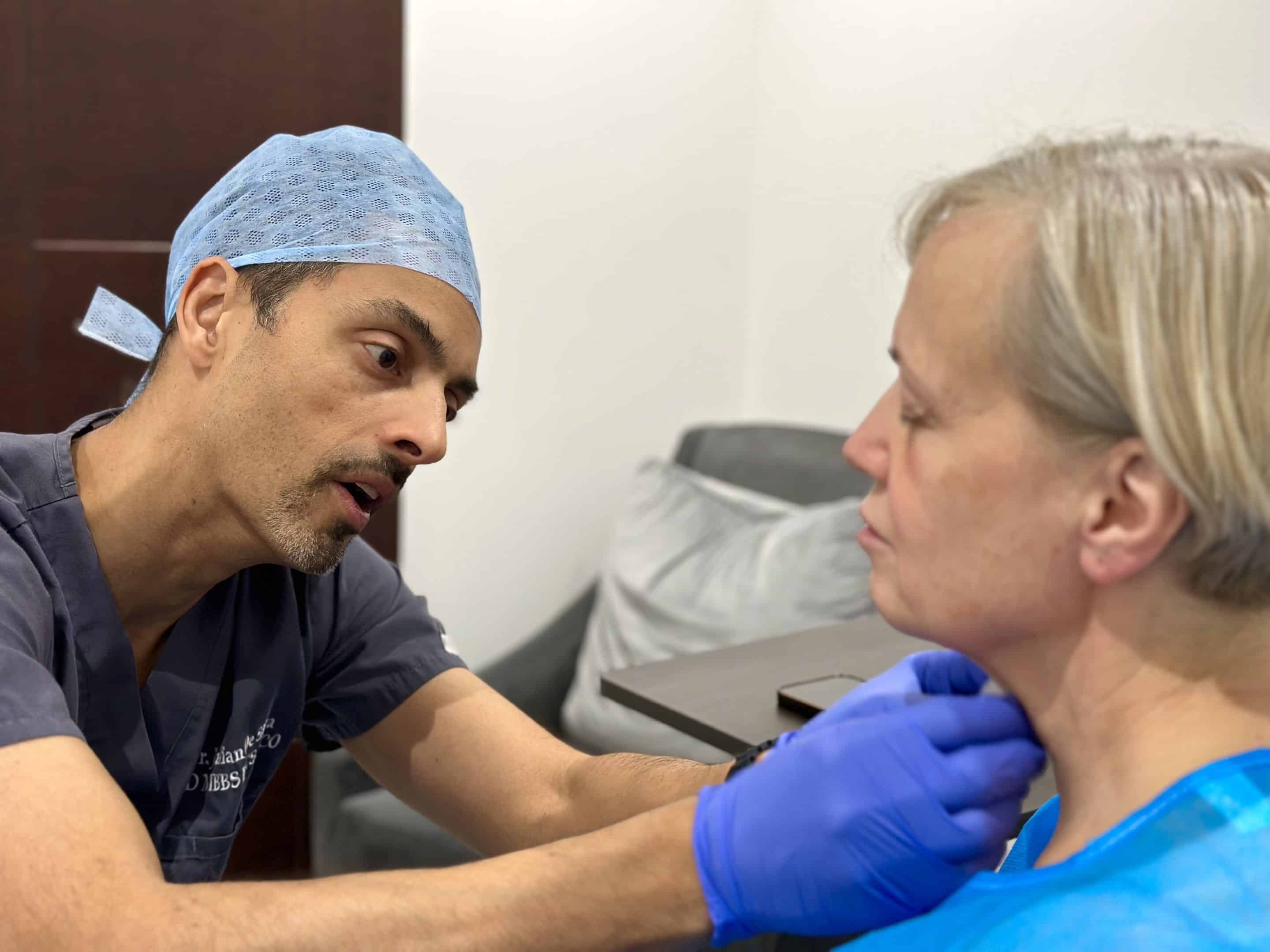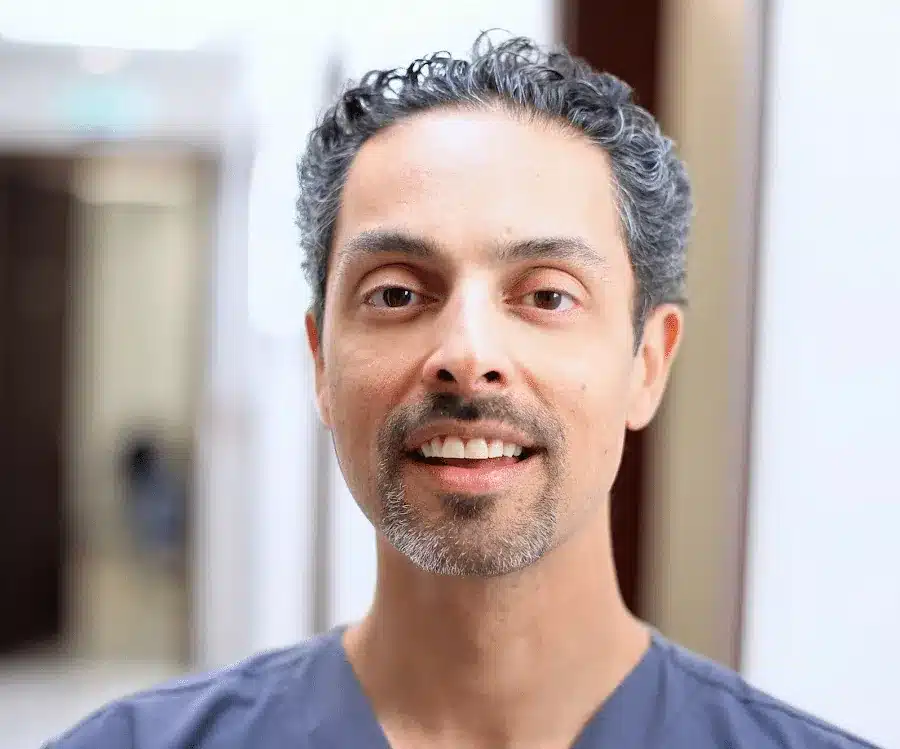Crow’s feet are caused by small muscle contractions that occur when you make a facial expression.
Are you worried about the little lines spreading out from the corners of your eyes? You’re not alone. Crows feet eyes are a common concern among adults.
Crow’s feet are caused by small muscle contractions that occur every time you make a facial expression, among others.
Crow’s feet are caused by small muscle contractions that occur every time you make a facial expression, among others.
But there’s hope. There are many treatment options for crow’s feet including surgical and non-surgical procedures. You can also take some steps to slow their development down.
In this article, I’ll discuss the causes, prevention, and treatment of crow’s feet.
Common Causes of Crow’s Feet
To identify the right treatment for you, knowing what causes crow’s feet is a must.
Aging is the most common cause of crow’s feet around the eyes.
1. Aging
Aging is one of the most common causes of fine lines and wrinkles under eyes.
Simply put, your skin acts like fabric. When you’re young, collagen keeps it as elastic as possible.
Over time, decreases in collagen levels make your skin susceptible to fine lines and wrinkles when stretched. A once elastic fabric becomes less elastic.
Combine this natural process with the thin skin around eyes, and you get crow’s feet.
2. Genetics
Genetics determine how we look as we age, including the onset of crow’s feet.
Due to genetics, signs of ageing hit Caucasians worse than African Americans, Asians, and Hispanics.
In particular, Caucasians are more prone to having crow’s feet compared to African Americans, Asians, and Hispanics. Crow’s feet also appear earlier on Caucasians than African Americans, Asians, and Hispanics.
3. UV Rays
Collagen is a major component of connective tissues and the most abundant protein in the body.
In addition, collagen is responsible for keeping your youthful appearances and skin structure.
Unfortunately, UV (ultraviolet) rays break down collagen. It also causes free radicals that further damage your skin.
Decreased collagen levels and other skin damage caused by UV rays lead to crow’s feet.
4. Facial Motion
Repetitive facial movements like squinting can cause crow’s feet.
Repeated facial expressions can cause crows feet eyes.
Whenever you smile or squint, the area around your eyes crease. Over time, these tiny folds accumulate and turn into crow’s feet.
Since expressions are a part of our daily lives, facial motion eventually leads to crow’s feet.
5. Smoking
Smoking is closely related to your skin’s health.
For starters, smoking exposes your skin to oxidative stress, a process that decreases your body’s ability to detoxify harmful substances.
As a result, your body becomes less capable of fighting harmful substances. This damages your skin and leads to crows feet eyes.
6. Alcohol
Alcohol is another substance that can lead to crow’s feet.
Specifically, alcohol dehydrates your skin by taking out the fluid on your skin. Because of this, your skin becomes prone to crow’s feet.
In addition, alcohol can cause you to age faster. This makes your crow’s feet and other skin damage more prominent.
7. Unhealthy Lifestyle
An unhealthy lifestyle is another factor leading to crow’s feet.
Think about this: people who exercise, eat a healthy diet, and sleep properly look younger than those who don’t.
It’s because taking care of yourself leads to healthy skin. The healthier your skin is, the less susceptible you are to crow’s feet.
8. Eye-Related Issues
Eye-related medical problems can cause crow’s feet.
Medical issues, particularly those involving the eyes can cause crow’s feet.
In particular, patients who squint to see clearly usually suffer from nearsightedness (myopia) or farsightedness (hyperopia). They might also suffer from a more serious condition like astigmatism or presbyopia. This is common among people aged 40 or higher.
9. Stress
Extreme stress not only messes with your mind. It messes with your skin, too.
When you’re stressed, your body releases cortisol or the stress hormone. Cortisol can break your skin’s collagen and elastin. As a result, crow’s feet appear.
Chronic stress can also speed up the ageing process, making your crow’s feet more noticeable.
10. Weight Change
While not as prevalent as other factors in this list, weight loss and gain can cause crow’s feet.
As you gain weight, the skin on your face stretches. When you lose weight, it snaps back. As the process gets repeated, your skin becomes less elastic.
Consequently, your crow’s feet don’t bounce back. It becomes more permanent.
How to Prevent Crow’s Feet
There are things you can do to slow down the appearance of crow’s feet.
You can take some steps to make your crow’s feet less visible. Take note that these steps can also be used for prevention, but not treatment.
1. Protect yourself from UV exposure.
The sun is the ultimate source of UV radiation. UV rays break down the collagen in your skin, so avoiding it is a must.
The best way to avoid the sun is staying indoors during midday. Avoid going out when the sun is at its hottest.
If you have to go outside, use an umbrella. Put on dark sunglasses or a wide-brimmed hat to protect your eyes and avoid squinting.
In addition, don’t forget to apply sunscreen with SPF 35 or higher. Apply it generously to all exposed skin at least 30 minutes before sun exposure.
Reapply sunscreen after swimming or sweating. This is a must because the sunscreen gets rubbed off by moisture. If you’re staying outside for a long period, reapply sunscreen every two hours.
Indoor tanning is another source of UV rays. Indoor tanning can be harmful, especially if you’re young. It can prompt the onset of skin damage including crow’s feet. It also increases your risk of skin cancer.
2. Make some lifestyle changes.
If you’re smoking, it’s time to quit. Smoking not only increases your chances of having lung cancer. It also damages your skin.
Smoking exposes you to free radicals that are harmful to your skin. The more you smoke, the more your skin suffers.
If you’re drinking alcohol excessively, it’s time to cut it down. Alcohol not only damages your liver. It damages your skin, too.
Alcohol dehydrates your skin, leaving it more prone to skin damages including crow’s feet. Drinking at least two servings of alcohol per day is dangerous.
If you’re not sleeping enough, it’s time to get at least 8 hours of high-quality sleep each night.
Your body needs time to repair itself every day through sleeping. When your body doesn’t get enough sleep, your skin suffers. As a result, you get fine lines and wrinkles.
Making the lifestyle changes I mentioned above can effectively reduce the appearance of crow’s feet and other skin issues.
3. Address excessive facial motion.
Facial expressions are a part of human communication. Smiling, frowning, and squinting every day is normal. However, if you do certain facial motions excessively, you must address it.
There might be certain factors that cause you to frown or squint excessively.
To start with, you must know why you’re doing an expression excessively. For instance, if you squint too much daily, you must visit a doctor.
Excessive squinting can be a result of an eye-related problem such as nearsightedness or farsightedness. It can also be related to a more serious, undiagnosed eye problem. Hence, it is wise to have your eyes checked or your glass prescription updated.
4. Wisely deal with stress.
Stress negatively affects your body, including your skin. In particular, it affects the proteins that help you skin youthful and supple.
In addition, stress makes you do facial expressions (e.g. squinting, furrowing your brow) that can lead to crow’s feet.
However, stress is a normal reaction to a situation where you feel anxious or threatened. While no one can completely avoid stress, you can learn how to cope with it.
Learning healthy ways to cope can help reduce your stress levels. There are simple yet effective steps you can take to cope with stress.
To begin with, breathing exercises can help. When you’re feeling stressed, sit down and close your eyes. Take deep breaths. Repeat this until you calm down.
Distracting yourself by doing certain activities also helps. For instance, you can cook your favorite meal to stop thinking about what stresses you out.
Lastly, don’t be too hard on yourself. Remember that no one is perfect. Accept that you cannot control everything in life. However, you can control how you react to what life throws at you.
5. Know the root cause of your crow’s feet.
Consult with your doctor to determine the severity and best treatment for your crow’s feet.
From ageing to sun exposure, there are many causes of crow’s feet. However, a self-assessment is not as accurate as a consultation with a doctor.
Knowing the root cause of your crow’s feet helps determine the best treatment for you.
In particular, a thorough consultation with your doctor will reveal how your age, genetics, and other factors contributed to your crow’s feet. It also determines the severity of your crow’s feet.
Remember, you can do self-assessment and read every reference there is about crow’s feet, but nothing compares to a personal consultation. Every patient is different, and that’s why I encourage everyone to get a consultation before treatment.
Crows Feet Eyes Treatment
There are many ways to treat your crow’s feet. Here are non-surgical and surgical options that you might consider for treatment.
anti-wrinkle treatment
anti-wrinkle treatment is most effective for people with dynamic wrinkles, including crow’s feet.
anti-wrinkle treatment smooths out lines and wrinkles caused by repetitive facial movements. It does this by preventing your muscles from contracting. As a result, the appearance of crow’s feet is reduced.
anti-wrinkle treatment is most effective for people with dynamic wrinkles, including crow’s feet. Dynamic wrinkles are among the least noticeable types of wrinkles. They usually appear whenever facial movements are made. They are not usually noticeable when the face is at rest.
In addition, anti-wrinkle treatment works best for people whose crow’s feet are just starting to develop.
anti-wrinkle treatment is injected into the affected area using a small needle. This makes the area’s muscles relax. Then, anti-wrinkle treatment prevents the muscles from contracting.
It instantaneously reduces the appearance of crow’s feet. Over time, it can cause them to disappear entirely if administered properly by a skilled physician.
Laser Resurfacing
Laser resurfacing removes the upper layer of skin to reveal newer, younger-looking skin.
Laser resurfacing is a modern way to treat crow’s feet.
This procedure removes the upper layers of skin to reveal newer, younger-looking skin.
Laser resurfacing works well for crow’s feet because it heats up several layers of skin to promote collagen production. Increased collagen production helps the skin around your eyes heal and become smooth.
In particular, the procedure involves a laser wand focused on the face. In my clinic, we use a special technique and technology to accurately target your problem areas.
Laser resurfacing tightens your skin. It can make you at least 10 years younger if done properly. However, laser resurfacing may not completely eliminate crow’s feet. This is why I usually advise my patients to get laser resurfacing along with other procedures to get the best results.
Dermal Fillers
Dermal fillers add volume to your eyes and smoothen your crow’s feet.
Dermal fillers are administered via injection. They add volume to your eyes and smoothen your crow’s feet.
This crows feet eyes treatment is done by injecting a small needle with hyaluronic acid (HA) in the affected area.
A dermal filler procedure lasts for about 10 to 15 minutes, with instantaneous results. It’s crucial to choose an experienced specialist, as the positioning of the needle is crucial.
After two weeks, you can return to the clinic for a post-treatment checkup. If you and I feel that more is needed, you can have more dermal fillers.
I always follow a conservative approach with dermal fillers. It’s because fillers can always be added but not easily taken away.
However, dermal fillers are only a temporary solution to crow’s feet. Results can last for up to two years. After this, you have to go through the procedure again.
Blepharoplasty
A complete blepharoplasty procedure enhances your eyes’ overall appearance.
Blepharoplasty is more commonly known as eyelid surgery. This crow’s feet treatment is a permanent solution to your problem.
There are two kinds of blepharoplasty― upper blepharoplasty and lower blepharoplasty.
Upper blepharoplasty is done on the upper eyelid. The procedure involves making a small incision to remove and reposition the fat.
On the other hand, lower blepharoplasty is done on the lower eyelid. The procedure also involves making a small incision to remove and reposition the fat.
A complete blepharoplasty procedure enhances your eyes’ overall appearance. Thus, I always advise my patients to consider the whole procedure for best results.
Based on my experience, one of the main concerns of patients planning to have blepharoplasty is the presence of scars.
My trans-conjunctival technique solves this. I use this technique to conceal the scars on the natural creases around your eyes. This technique keeps your eyelid’s shape and produces more natural results.
In addition, I use sedation anesthesia. This causes faster recovery than traditional anesthesia. Due to this, my patients recover within 30 minutes after the treatment. Many of them even go back to work or school on the same day.
Blepharoplasty done in my clinic can last for a lifetime, without the need for fillers.
Conclusion
Crow’s feet are caused by different factors involving ageing, repetitive facial movement, smoking, and UV rays.
Thanks to modern medicine, crow’s feet can be treated. However, blepharoplasty is the most effective treatment because it is long-term. At my clinic, you don’t have to get fillers after the surgery. The procedure is minimally painful as well.
Do you want to get rid of your crow’s feet? Book a consultation today!

